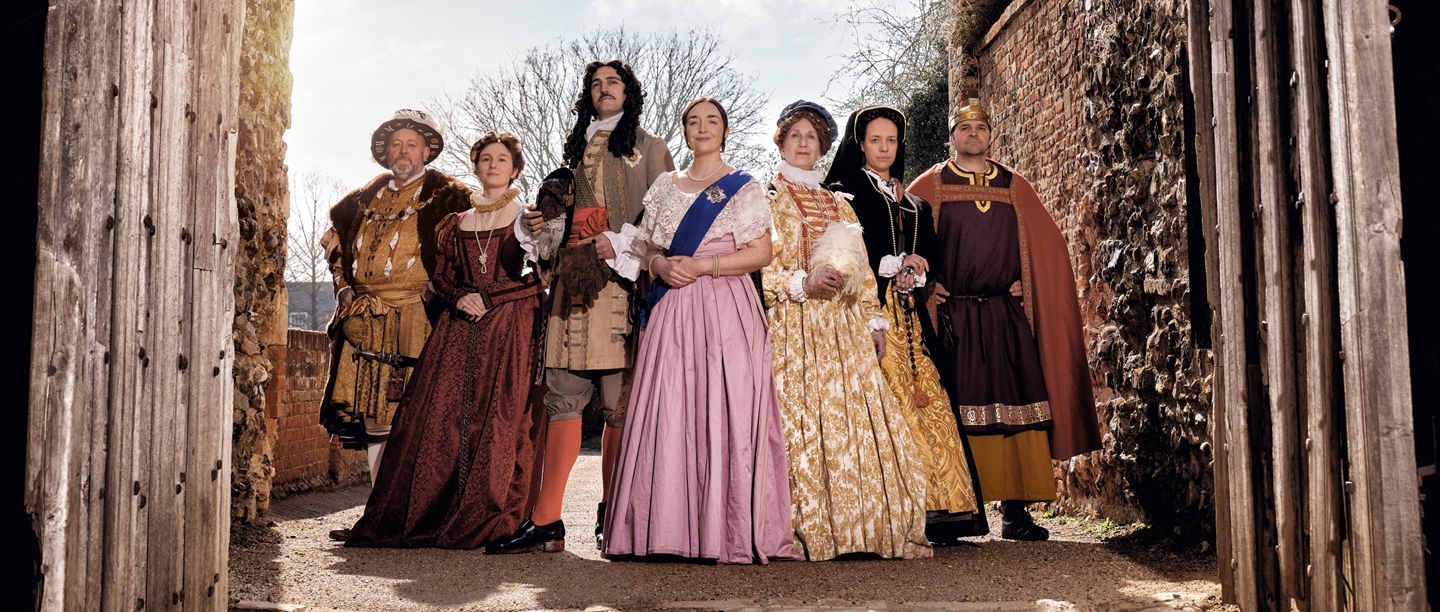Which monarch would you be?
English history features some of the world’s most famous monarchs, all with their own interesting stories and personality traits. But which monarch most suits your character?
Take our quiz below to find out which of seven of England’s most well-known monarchs you would be – be sure to note your answers as you go!
1) What’s the main thing you’d like to be remembered for?
(a) Conquering England to seize the throne by force
(b) Having lots of spouses
(c) Burning dissenters at the stake
(d) Not quite becoming England’s monarch but having a really good go at it
(e) Choosing not to marry or have children
(f) Restoring the monarchy after a bloody civil war
(g) Reigning for an epic 63 years and seven months (a record at the time)
2) Which English Heritage historical property would you like to spend time in?
(a) Richmond Castle
(b) Eltham Palace
(c) Framlingham Castle
(d) Carlisle Castle
(e) Kenilworth Castle
(f) Boscobel House
(g) Osborne House
3) Who would be your main enemy?
(a) The Anglo-Saxons, who are standing in the way of you conquering England
(b) The Pope, who won’t let you marry and divorce who you want
(c) A teenage Protestant who thinks they should be monarch instead of you
(d) The then monarch of England, who keeps locking you up and dismissing your claim to the throne
(e) The monarch of Scotland, who is trying to claim your English throne
(f) Supporters of Parliament who executed your father
(g) Your extended family, who keep marrying into Europe's other ruling dynasties (your competitors)
4) What would you do about religion?
(a) Replace the existing clergy with your own people so the Church agrees with you
(b) Separate the English Church from the rule of the Pope so you can do what you want
(c) Reverse previous changes to the Church and persecute dissenters
(d) Be tolerant and accept the existing religious settlement
(e) Create a Church that brings together the two rival denominations
(f) Convert to Catholicism on your deathbed as you think you’ll have a better chance of going to heaven
(g) Ensure religious freedom in England and the countries you’ve conquered
5) How would you prefer to meet your end?
(a) While on a military campaign to conquer new lands
(b) Having eaten a lot over a period of many years
(c) Through illness, but knowing you were the first woman to successfully claim the throne of England
(d) Beheaded but with your head (metaphorically) held high
(e) After saying to someone who tells you that you must rest in bed: “'Must' is not a word to use to princes, little man”
(f) Through illness but having lived a hedonistic lifestyle
(g) On the Isle of Wight with your pet dog laid upon your deathbed
WHICH MONARCH WOULD YOU BE?
Tally up the number of times you chose each letter (a, b, c, d, e, f and g) and see which you chose most often to work out which famous monarch best fits your answers!
-
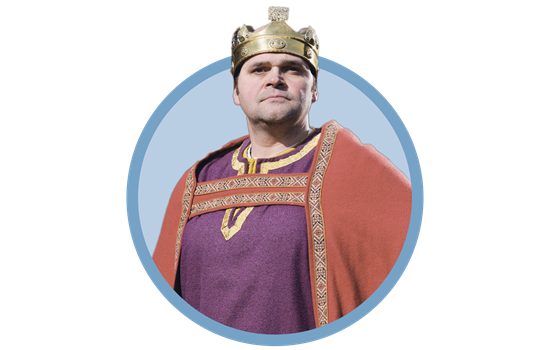
Mostly (a)
William the Conqueror (r.1066-1087)
William, who was French, conquered England in 1066, defeating Anglo-Saxon forces at the Battle of Hastings. The building of Richmond Castle in Yorkshire was begun in the 1070s by Alan Rufus, who had fought at the Battle of Hastings alongside William the Conqueror. William changed the composition of the English clergy during his reign and died while trying to conquer the commune of Mantes in France.
-
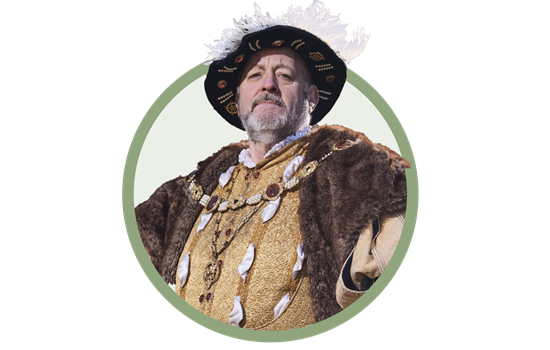
Mostly (b)
Henry VIII (r.1509-1547)
Henry VIII famously had six wives and fell out with the Pope over the refusal of the Catholic Church to allow Henry to annul his marriage to Catherine of Aragon. This led Henry to separate the English Church from Catholic Europe. Henry grew up at Eltham Palace with his elder brother and two sisters in the court of his mother, Queen Elizabeth of York. Obesity in later life is likely to have hastened his death.
-
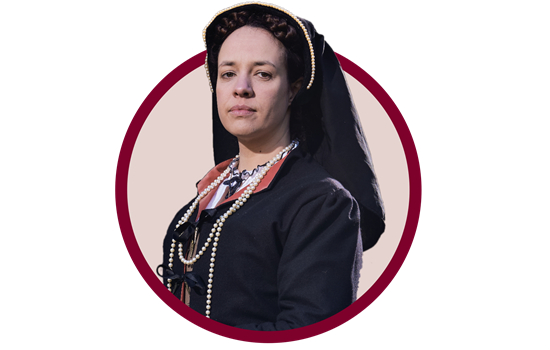
Mostly (c)
Mary Tudor (r.1553-1558)
Mary, or ‘Bloody Mary’, as she is sometimes known, attempted to reverse the English Reformation and had over 280 religious dissenters burned at the stake. Mary used Framlingham Castle as a base from which to stake her claim to the throne, deposing the teenage, pro-Protestant Lady Jane Grey, and was crowned there. Mary was the first woman to successfully claim the throne of England.
-
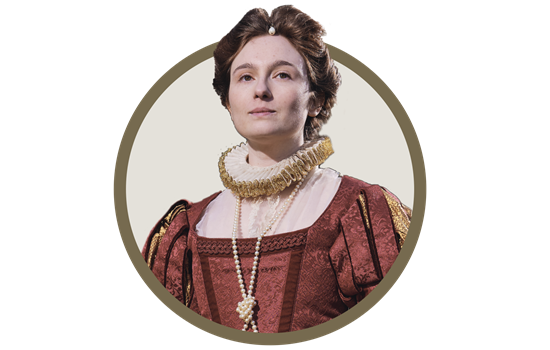
Mostly (d)
Mary, Queen of Scots (r. in Scotland 1542-1567)
After being forced to abdicate as Queen of Scotland, Mary fled to England. She was initially kept under house arrest in Carlisle Castle and then held prisoner by Elizabeth I. Mary was beheaded after being found guilty of plotting to assassinate Elizabeth, whose claim to the English throne she disputed. In religious matters, Mary was tolerant, governing Scotland as the Catholic monarch of a Protestant kingdom.
-
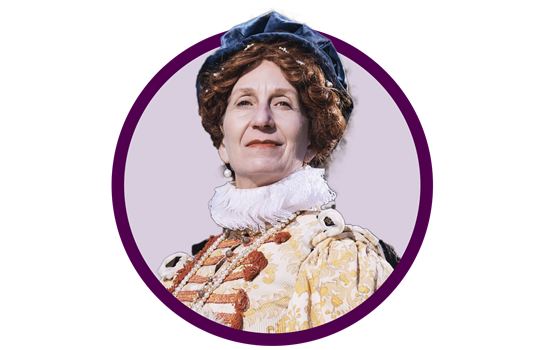
Mostly (e)
Elizabeth I (r.1558-1603)
Elizabeth never married or had children. She imprisoned and executed Mary, Queen of Scots, whom she accused of trying to usurp her throne. Elizabeth granted Kenilworth Castle to the Earl of Leicester, who converted the castle into a lavish palace fit to entertain his queen. Elizabeth died soon after saying to the leader of her government, who told her that she must rest in bed: “'Must' is not a word to use to princes, little man”.
-
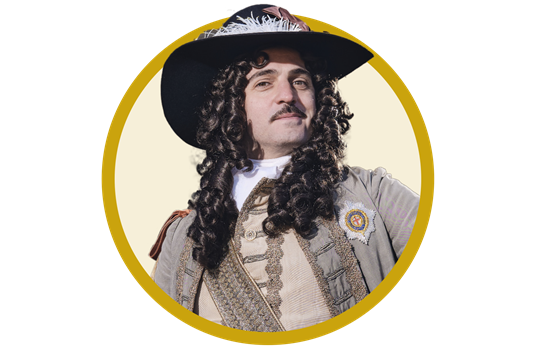
Mostly (f)
Charles II (r.1660-1685)
Charles was restored as king following a period of republican rule that came about as a result of the English Civil War, which had led to the beheading of his father by anti-monarchist Parliamentarians. Before the Restoration, Charles had hidden from Parliamentary forces at Boscobel House after coming out of hiding. He lived a lively and hedonistic lifestyle, and on the last evening of his life, he was received into the Catholic Church.
-
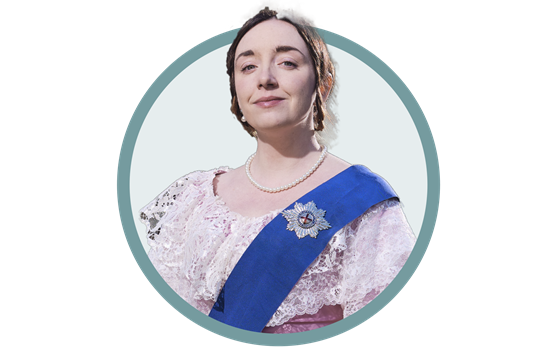
Mostly (g)
Victoria (r.1837-1901)
Victoria's reign saw a significant expansion of British colonies, in which she generally encouraged religious freedoms. Victoria's extended family married into all the main ruling dynasties in Europe, with whom Britain competed on the world stage. Victoria spent a great deal of time at Osborne on the Isle of Wight and died there with favourite pet Pomeranian, Turi, laid upon her deathbed as a last request. Victoria had been the longest-serving English monarch, reigning for 63 years.

